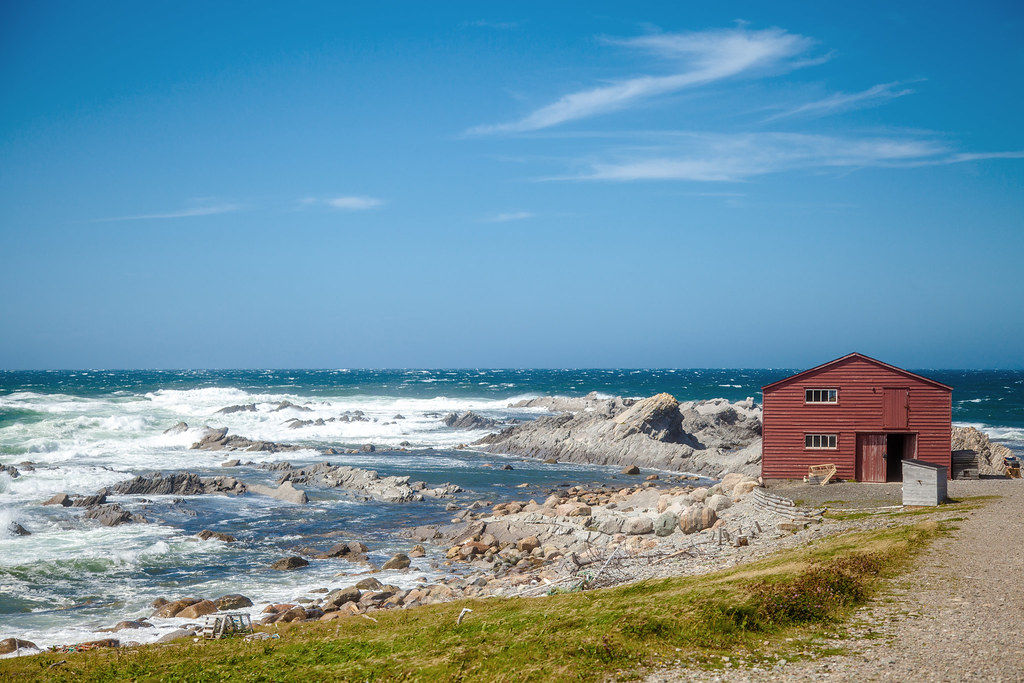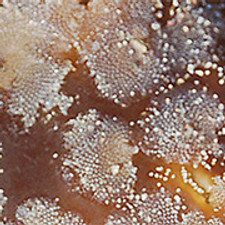
OUR PROGRAMS
AQUATIC INVASIVE SPECIES
Aquatic Invasive Species (AIS) are plants, animals, algae, or organisms that are introduced to an area outside of their natural range. AIS have negative impacts on the aquatic environment, economy, and society. There are currently four invasive species that have been confirmed in Newfoundland, listed below.

Golden Star Tunicate (Botryllus schlosseri)

Coffin Box Bryozoan (Membranipora membranacea)

European Green Crab (Carcinus maenas)
Using Historical Knowledge to Determine the Range and Expansion of AIS
European green crabs were first identified in Newfoundland in 2007 and have since been identified by Dr. Robert Hooper in Bonne Bay. Green crabs have negative impacts on the areas they inhabit—they outcompete naturally occurring species for food and can damage or even destroy eelgrass meadows as they dig in sediment to forage for prey. Since 2023, AHOI has been working with Fisheries and Oceans Canada (DFO) to trap European green crabs for early detection, population monitoring, and removal.
In 2024, a collaborative project began with ACAP Humber Arm to detect the presence of invasive biofouling species, such as tunicates and bryozoans. We have helped deploy settlement plates at the edges of wharves and floating docks in the Gros Morne region as part of the province-wide initiative. The plates are set in the spring, let soak for the summer, and retrieved in the fall to allow biofouling species to aggregate on the plate. Settlement plates allow for early detection of these species and allow for effective management and mitigation tools to be put in place before the species can cause harm.

